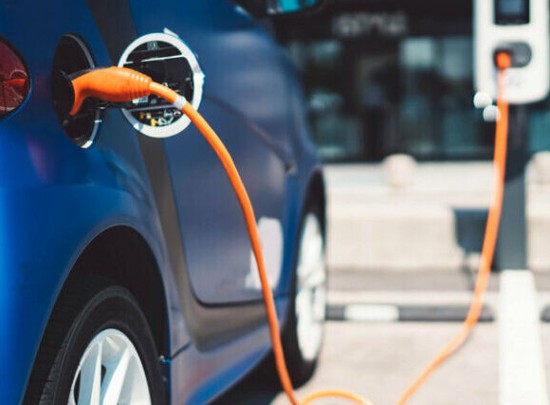“Houston, we have a problem” no longer applies to the Apollo 13 mission. Now Houston, the capital of the North American oil and gas industry faces electric vehicle (EV) growth expected to accelerate by 19% in 2024 with forecasts indicating that 66% of global car sales by 2030 will be EVs. This is putting at risk nearly 50% of worldwide demand for oil by the end of this decade.
EVs are expected to become cheaper than internal combustion engine (ICE) cars as early as next year. The sequence points to Europe attaining EV pricing parity or below with ICE cars in 2024, China in 2025, North America in 2026, and India in 2027.
When did ICE car sales peak? In 2017 and flat through 2019 with sales falling since then. Meanwhile, EV sales are growing and are expected to increase 600% by 2030. What this means for Houston’s fossil fuel companies is a fall in oil demand by 1 million barrels per day for every year beginning with 2030. That’s how dramatic and disruptive this reversal in market share between ICE and EVs is expected to become.
What’s driving the change?
- The cost of batteries is dropping not because the materials are cheaper, but because of economies of scale among producers. At the same time, the batteries’ Kilowatt-hour (Kwh) output continues to increase the effective driving range for EVs.
- Government subsidies both current and in the future are continuing to support EV sales growth.
- Recharge infrastructure is expanding rapidly with governments. manufacturers and vendors expanding the network of charge stations in urban settings and along major road arteries.
- Public concerns about climate change are altering consumer preferences for acceptable transportation choices.
- Vehicle manufacturers are churning out new EV car models at a rapid rate. And for purchasers and lease fleet operators in the corporate world, a growing number, more than 100 global companies to date) are committed to 100% zero-emissions for their transportation and business operations as early as 2035 with a hard stop by no later than 2040.
The Rocky Mountain Institute (RMI), a not-for-profit think tank focused on tackling climate change and its main contributor, the fossil fuel industry, is monitoring the exponential change happening within the car industry. RMI calls the coming EV transition the end of the ICE age. ICE refers to internal combustion engine-powered cars.
Working with RMI are many others including the Bezos Earth Fund, which has invested $10 billion in the fight against climate change. Kelly Levin, Chief of Science, Data and Systems Change at the Bezos Earth Fund states in a recent RMI press release, “Several large vehicle markets are proving it’s possible to quickly course-correct on fossil-fueled vehicle sales in favour of EVs.”
Other RMI partners describe the change as a tipping point bringing out rapid transformative change fueled by growing price parity, and strong government policies.
One of these is Simon Sharpe, Director of Economics for the Climate Champions Team and Policy Impact Lead at the University of Exeter’s EEIST project. He points to “strong policy” getting “the transition to electric vehicles started,” and continues, noting that “just because the transition is now gathering pace does not mean that any government should take its foot off the accelerator.”
The RMI forecasts that by 2030 EVs will predominate for car sales with larger vehicles like heavy trucks not going electric well into the 2030s.
Where was the motor vehicle industry in 2019? U.S. car sales that year were 4.2 million with a mere 90,000 EVs. In 2024, the latter number is expected to be over 2 million with global EV sales topping 18.5 million cars.
The only transportation category that will resist the transition is heavy trucks with U.S. sales forecasts at 40,000 in 2024.
And for those who drive hybrids like me, the RMI forecasts increasing growth but at a much slower pace than EVs. Hybrids still will find a market for rural consumers and in places where EV charging network infrastructure is sparse to non-existent.
A final note: It won’t just be the motor vehicle companies that will be course-correcting. Energy utilities will face tipping points of their own driven by government requirements for lower emissions and growing EV electrical demand.









